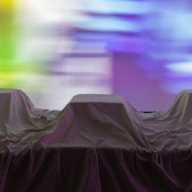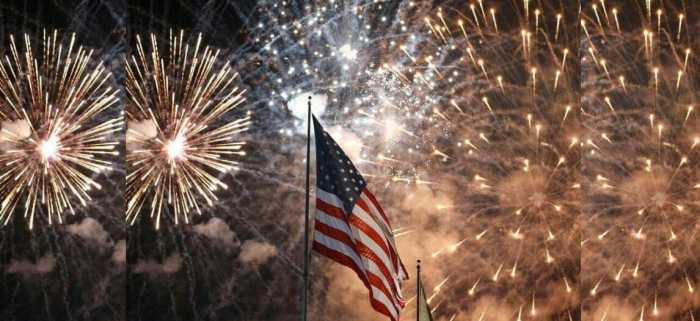Tomorrow marks the 2011 summer solstice. It’s the longest day of the year in the Northern Hemisphere and the official beginning of the summer season. Starting with the winter solstice, the sun begins rising slightly earlier each morning and setting a minute or two later each night.
According to the Huffington Post, the spring equinox marks the halfway point in the annual solar chart, and at this point the length of day and night is equal everywhere on Earth. Following the spring equinox is a long three month period before the summer solstice.
The seasonal movement of light and temperature on earth surprisingly enough has nothing to do with our distance from the sun. Instead, it relates to the degree of directness of the sun’s rays. In fact, the Earth reaches its perihelion, the point which brings us closest to the sun, during winter. During summer earth reaches aphelion, the furthest range from the sun.
Summer solstice occurs when the angle of the sun’s rays is directly overhead. Therefore the summer solstice marks the brightest and most brilliant submission of solar power during the year.
The depressing part of the summer solstice is that it also marks the end of the progression of sun light and marks the decline towards the winter solstice. Once again in tiny increments each day the sun will begin to set a few minutes earlier each evening.
Solstice means “sun stands still.” On the day of the solstice and the few days surrounding it the sun actually does stand still in the sky momentarily before setting.
According to the Examiner, throughout time the summer solstice has been celebrated by cultures across the world. Both the Celts and Slavs celebrated the natural occurrence by lighting bonfires to increase the sun’s energy. The Druids celebrated the summer solstice as the day that heaven wedded Earth.
Today many people believe that June itself is a lucky month because of the sun’s power. One of the largest summer solstice celebrations today occurs at Stonehenge in England. In America, Santa Barbara in California celebrates the event with a parade and a festival.
































